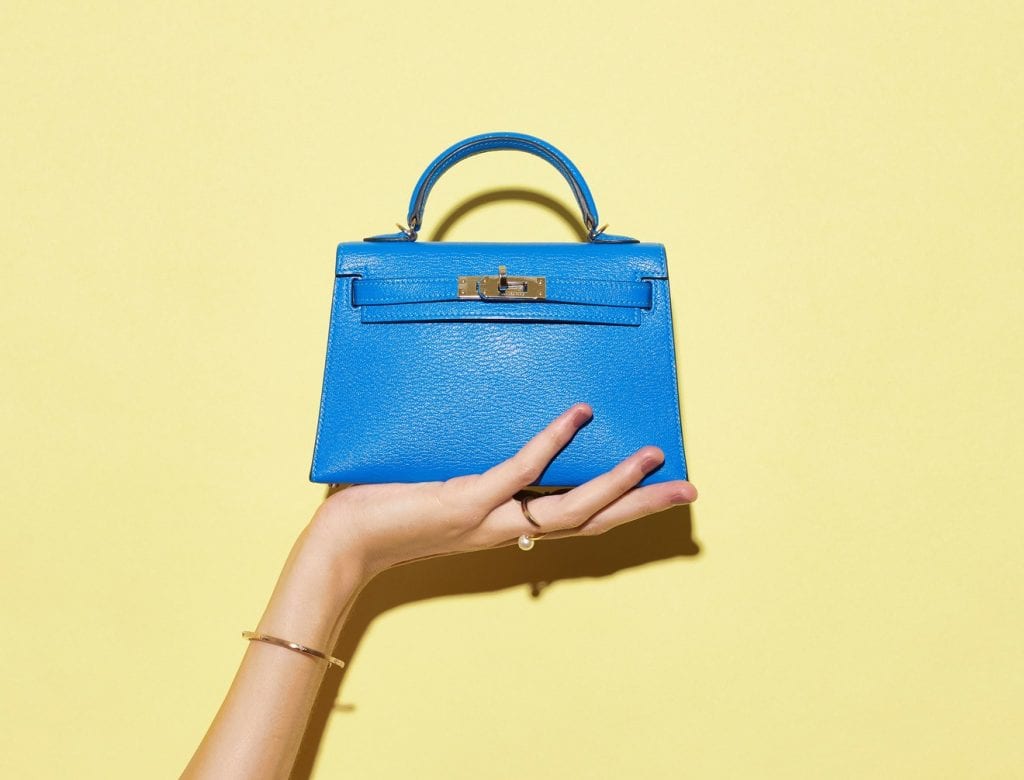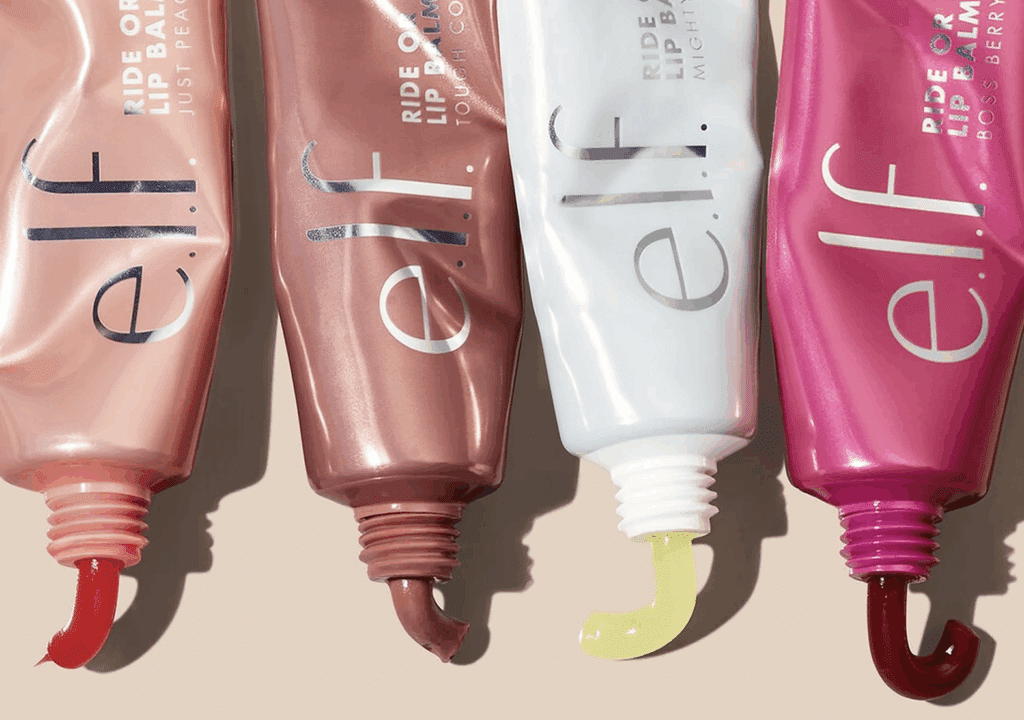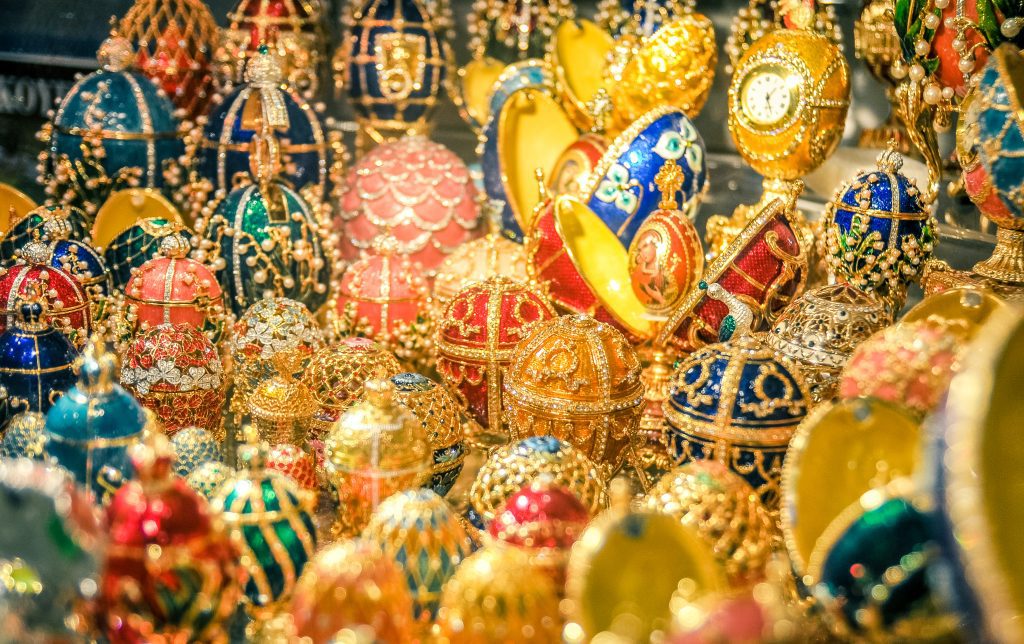PART I – Just two hours before the entire world would find out that LVMH Moët Hennessy Louis Vuitton had been secretly building up a stake in Hermès in furtherance of what the Birkin bag-maker came to call a “hostile takeover” effort, Hermès’ then-CEO Patrick Thomas was cycling through France’s rural Auvergne region on a Saturday completely unaware of the mega-storm that had been quietly brewing and was just mere moments away from first hitting land.
The impending attack, as analysts would later discern, “was so secretive and sophisticated that Mr. Thomas couldn’t have foreseen it.” That is why, on October 23, 2010, just hours before the news wires alerted publications of headlines that LVMH was in the process of making a discreet, yet inherently aggressive, play for control of Hermès, Thomas was surprised to be interrupted mid-ride by a phone call; on the line was Bernard Arnault, the chairman of LVMH and the richest man in France.
The call, which Thomas accepted standing beside his bike on the side of the road, was extraordinarily brief. It was made purely to alert him that LVMH would be announcing that it had acquired a 14.2 percent stake in Hermès, the almost-exclusively family-owned company, in which the French families –Puech, Dumas and Guerrand – held a controlling 73.4 percent stake.
An otherwise impeccably even-tempered gentleman, Thomas was – in that moment – engulfed in raged. His response to Arnault was simply this: “If you want to seduce a beautiful woman, you don’t start by raping her from behind.” He swiftly hung up and got back on his bike.
Thomas, then 62 years old, had joined Hermès in 1989 as Chief Operating Officer, making him the first non-family member to lead the then-173-year old luxury brand; he left in 1997 to become chief executive of Lancaster, the cosmetics company, and then on to William Grant & Sons Ltd., a family-owned Scottish spirits company, where he became the first non-family member to take the helm of the liquor group.
Ultimately, however, Thomas returned to Hermès in 2003. Following unanimous approval from the board, he was tapped to succeed Jean-Louis Dumas, who would retire following a 28-year reign as the head of the family business, the one that was founded in 1837 by Thierry Hermès primarily as a leather saddlery manufacturing company.
After a year as co-CEO alongside Dumas, Thomas took the reigns as CEO in 2006, in doing so made his intentions known: “This is a family company with a long-term vision. There will be no revolution [under my watch].” The sandy-haired French businessman may have been an outsider, one of the few in Hermès’ upper echelon, but he was as devoted to the company’s vision as any bona fide Puech, Dumas and Guerrand.
With such marked devotion at play, the news of LVMH’s stake building exercise was categorically “an attack,” according to Thomas, and it was personal.
As for his makeshift family, who comprised a significant portion of the Hermès board, they saw Arnault as an unwanted interloper, as “being ruthlessly aggressive, with a formula for success – mixing glitzy advertising and publicity stunts – entirely unsuited to the Hermès culture.” The families vehemently protested the thought of having the company’s unrelenting arch-rival as one of its largest external shareholders.
Such collective sentiments intensified further when, less than a week and a half later, it came to light that Arnault had further increased LVMH’s ownership stake. His conglomerate now controlled 17.1 percent of Hermès, a stake acquired at what Reuters called “a major discount to recent market levels.”
“Nobody knows where LVMH bought the shares from or when,” a hedge fund manager told Reuters at the time. The publication noted, foreshadowing the impropriety that was afoot, “It was not clear how LVMH bought its holding at an average price of 80.5 euros, a 54 percent discount to Friday’s closing price of 176.2 euros.”
The Initial Acquisitions
The question in the minds of the Hermès, Mr. Thomas, and business-minded laypeople, alike, was this: how – exactly – did LVMH come to possess an undetected 17.1 percent stake in the closely-held Hermès? It would not be long before it became clear that LVMH’s stake was the result of a handful of meticulously crafted deals.
The transactions, themselves, involved a small percentage of Hermès shares that were sold to the public under the watch of the now-late Jean-Louis Dumas, who served as Hermès’ CEO from 1978 to 2006. In order to finance the expansion of Hermes’ reach beyond France and bring its now-$10,000+ Birkin and Kelly bags to a global audience, Dumas engineered a structure that allowed Hermès to sell a percentage of its shares while still maintaining majority ownership.
Having “tried and failed to buy shares from Hermès family members” in the past, the notoriously merciless Arnault carefully seized these publicly-held shares in an effort to noiselessly assemble LVMH’s arsenal of Hermès stock. Between 2001 and 2002, LVMH acquired an initial 4.9 percent stake through a handful of its subsidiaries.
That 4.9 percent stake was far from random. According to French securities laws, companies are only required to disclose when they take more than 5 percent of another company’s capital, and to clarify their intentions once that stake reaches 10 percent. At just 4.9 percent, LVMH was in the clear.
To further obscure its tracks, “LVMH disguised its identity by having banks in Luxembourg and Panama purchase the shares on their behalf. It then paid the banks in cash, in order to avoid discovery. Its identity — and mounting dominance — went undetected,” according to business consulting firm, Creaghan McConnell Group.
That year-long buying spree came to an abrupt halt at the end of 2002, suggesting that LVMH’s initial interest may not be of disastrous proportions for the carefully-held Hermès after all. Had Hermès’ executives been aware of the early acquisitions, they could have breathed a temporary sigh of relief to see that for the next five years, LVMH made no further attempts to increase its stake.
In reality, though, the powers-that-be at Hermès were blissfully unaware of their rogue rival’s acquisition activities, and as for LVMH, it was not slowing; no, it was merely sitting in wait, going dark for a bit, perhaps to avoid attention. Then in 2007, it sprang back into action, engaging in a string of complex cash-settled equity swaps through financial intermediaries and subsidiaries, again, keeping the individual transactions below 5 percent to avoid detection.
These small, undisclosed transactions went on for several years, and if considered in isolation, were within French securities laws, the French financial services watchdog, Autorité des marchés financiers (“AMF”), would hold over a year later.
However, LVMH’s June 2010 stock swaps with subsidiaries – which brought LVMH’s stake in Hermès to an accumulated 14.2 percent – would require disclosure. So, on the morning of October 23 (four months late, according to the AMF), Mr. Arnault made his phone call to a then-cycling Thomas and the international media would declare the news shortly thereafter: “LVMH Takes Minority Stake in Hermès.”
Seventy-two hours later, LVMH made headlines again. The empire that Arnault built revealed – by way of a markedly short press release – that in addition to its 14.2 percent stake in Hermès, a sudden conversion of cash equity swaps into shares upped its stake to “a total of 18,017,246 Hermès International shares, representing 17.1 percent of its capital.”
In case this bout of news was not striking enough, LVMH made public a pledge, one the Hermès families deemed a farfetched improbability, at best, and a malicious falsehood, at worst. In light of widespread press speculation that a hostile takeover was in play, LVMH flatly denied that it was entertaining ambitions to slowly gain control and take over Hermès despite firm protests from the Puech, Dumas and Guerrand families.
LVMH’s then-Vice President Pierre Godé attempted to drive home this point with a statement of his own, saying, “It would be folly on our part to hamper the success of this great brand. LVMH has no intention of aggressively taking control of Hermès. I make the wish that these artificial, sterile and groundless quarrels stop.”
Still yet, LVMH took the opportunity to set the record straight regarding its stake-building methods of choice, asserting that it had “scrupulously respected the rules” in its acquisitions.
Such a proclamation may have been well received by much of the media, the AMF was unpersuaded. Days later, it would initiate an investigation into LVMH’s investment in Hermès.
You can find Part II of the Battle Over Hermès here.
* Deal Dossier is a multi-part series that documents some of the most significant fashion acquisition developments of the past and present.














